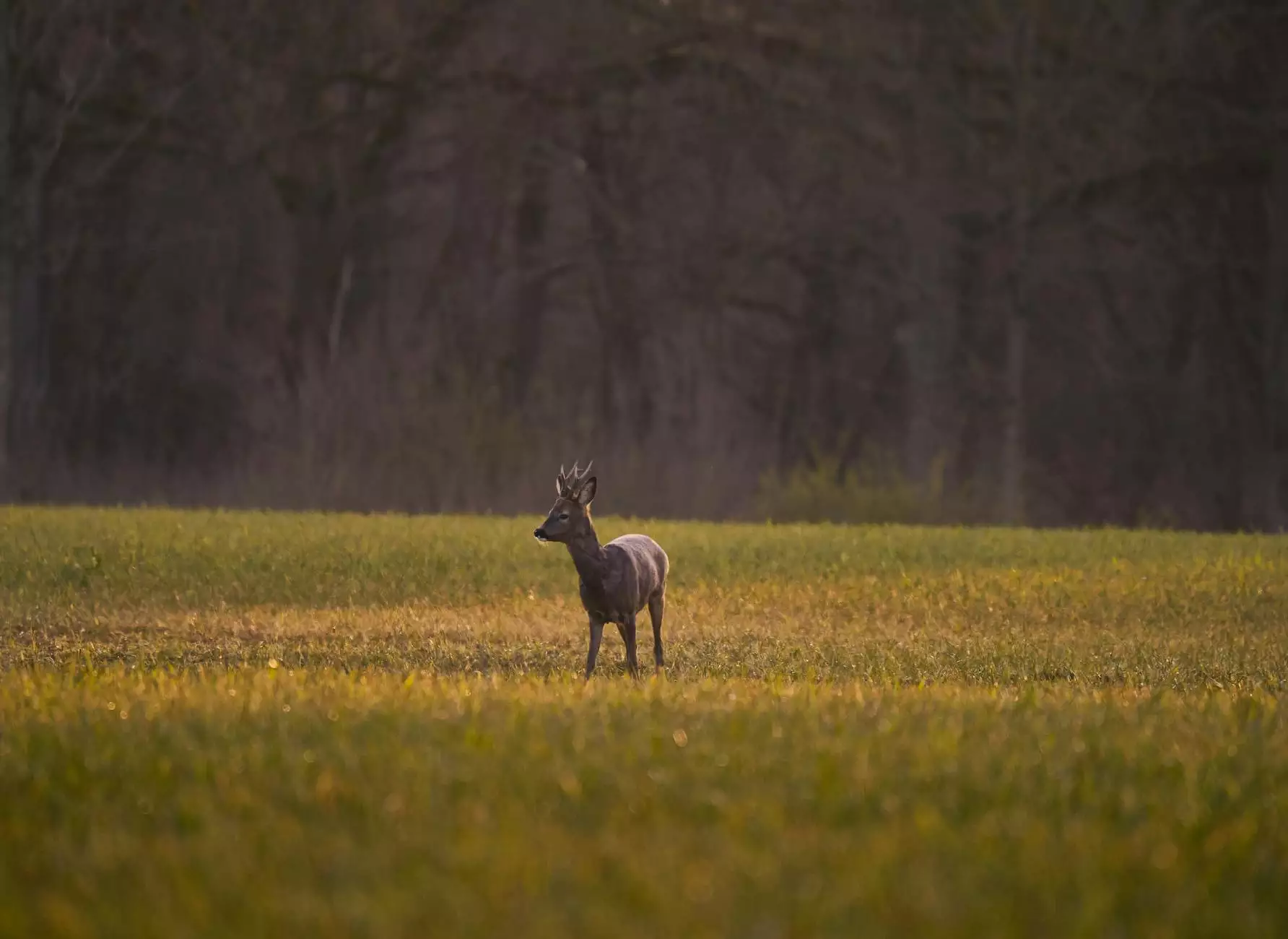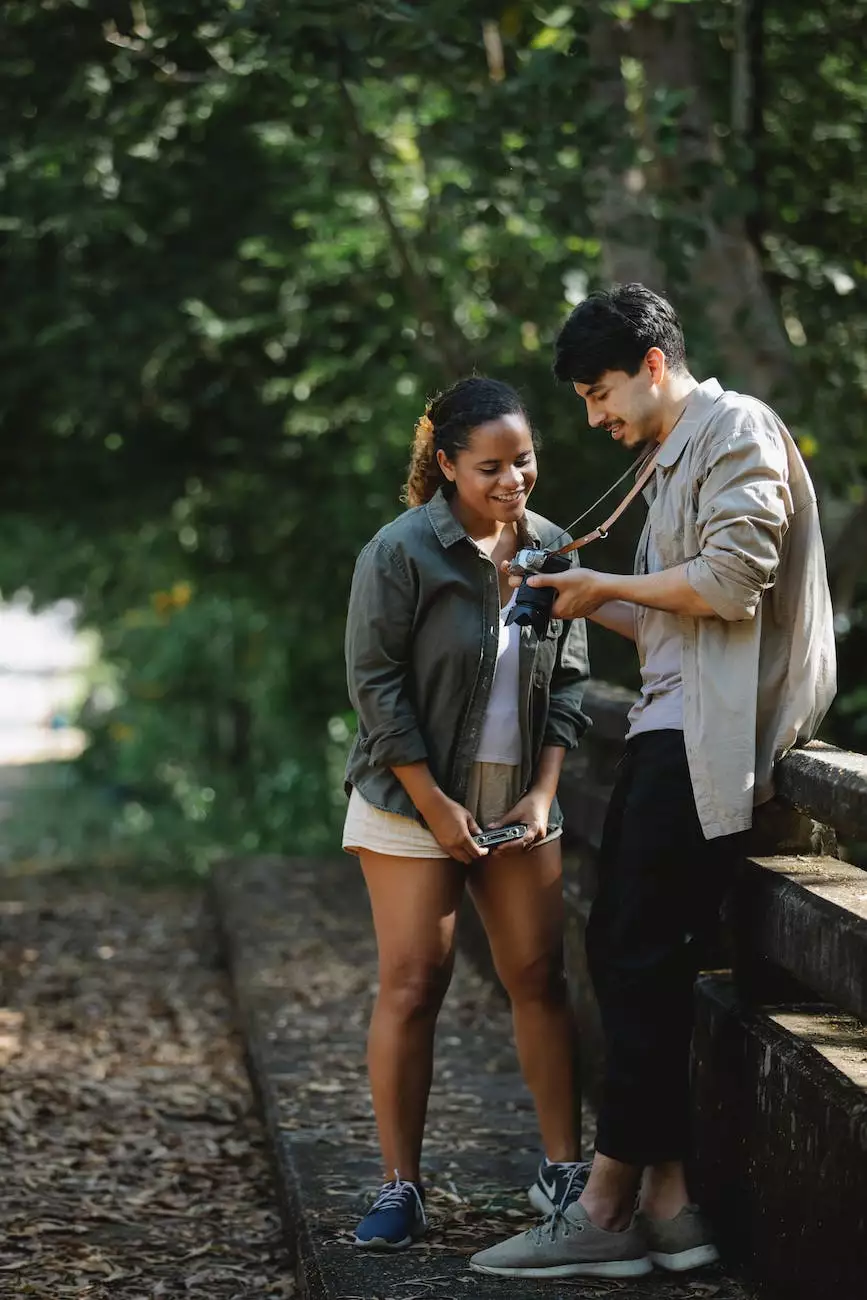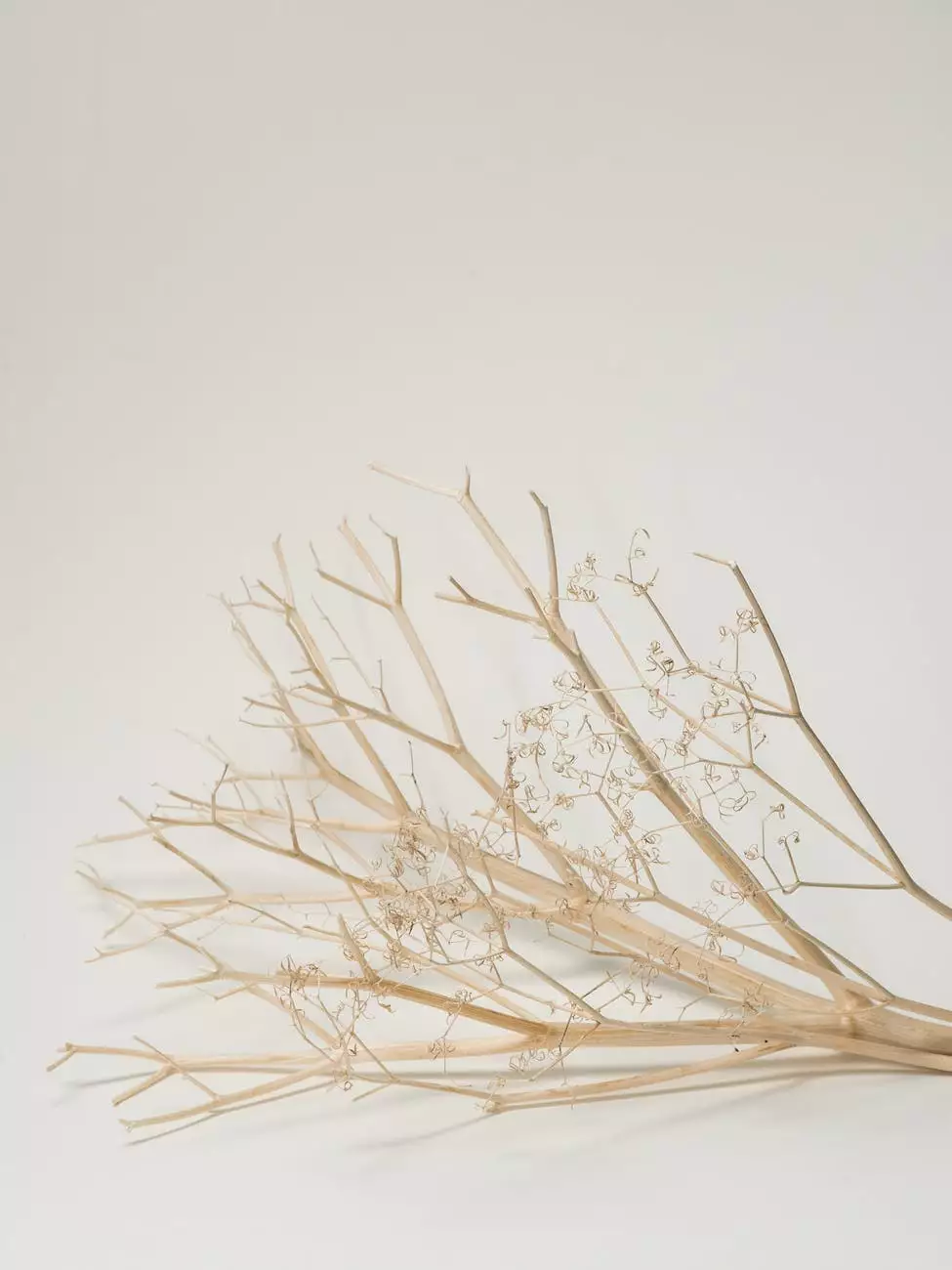Buck Rub Creates Tree Damage
Tree Damage
Welcome to Kodiak Tree Experts, your trusted source for all your tree care needs. In this article, we will explore the topic of buck rub and its detrimental effects on trees. Buck rub refers to the act of male deer rubbing their antlers against trees, which often leads to significant damage. Understanding how buck rubbing impacts trees and learning effective preventive measures can help ensure the health and longevity of your trees.
What is Buck Rub?
Buck rub occurs during the breeding season when male deer, commonly known as bucks, engage in territorial marking and rub their antlers against tree trunks. Bucks rub their antlers to remove dried velvet, mark their territory, and establish dominance over other males. While this behavior is natural, it can cause serious harm to trees. The forceful rubbing can strip off bark, create deep wounds, and even break branches, leaving trees vulnerable to diseases, infections, and insect infestations.
The Impact of Buck Rub on Trees
Buck rub damage weakens and disrupts the tree's vascular system, hindering the flow of essential nutrients and water. This can result in reduced overall tree health and vitality, making them more susceptible to secondary issues such as fungal infections and pest attacks. The visible wounds and exposed wood also provide entry points for pathogens, further compromising the tree's structural integrity.
Identifying Buck Rub Damage
Recognizing buck rub damage early on is crucial for effective tree care. Look for the following signs:
- Shredded or missing bark
- Gouges and scrapes on the tree's trunk
- Exposed wood
- Broken or hanging branches
- Wounds that emit sap or ooze
If you notice any of these indicators, it is essential to take prompt action to minimize further damage and promote tree recovery.
Preventing and Managing Tree Damage
Protecting your trees from buck rub requires proactive measures. Here are some strategies that can help prevent and manage buck rub damage:
1. Physical Barriers
Installing fencing, tree guards, or wire mesh around vulnerable trees can serve as effective physical barriers to deter deer and reduce buck rubbing incidents. Metal flashing or burlap wraps can be wrapped around the lower trunk as a protective layer.
2. Repellents
Use deer repellents, such as scent-based deterrent sprays, to discourage deer from approaching trees. These products emit odors that are unpleasant to deer, prompting them to avoid the area. It is important to regularly reapply the repellent, especially after rainfall or heavy dew.
3. Tree Selection
Choose tree species that are less susceptible to buck rub damage. Trees with thorny bark, rough textures, or high tannin content are generally less appealing to deer. Consulting with a professional arborist can help you determine the best tree species for your specific location.
4. Tree Health Care
Maintaining overall tree health is essential in reducing the likelihood and severity of buck rub damage. Regular tree inspections, pruning, and fertilization can promote healthy growth and increase the tree's ability to recover from minor injuries.
5. Professional Tree Care Services
Kodiak Tree Experts specializes in comprehensive tree care services, including buck rub damage prevention and management. Our team of highly skilled arborists can assess your trees, develop customized care plans, and provide solutions tailored to your specific needs.
By employing these preventive measures and seeking professional assistance when needed, you can mitigate the impact of buck rub on your trees and maintain a thriving landscape.
Contact Kodiak Tree Experts Today
If you need expert advice or assistance in dealing with buck rub damage or any other tree care concerns, contact Kodiak Tree Experts today. Our dedicated team is ready to provide reliable guidance and top-notch tree care services. Don't let buck rub damage compromise the well-being of your trees—reach out to us now!




